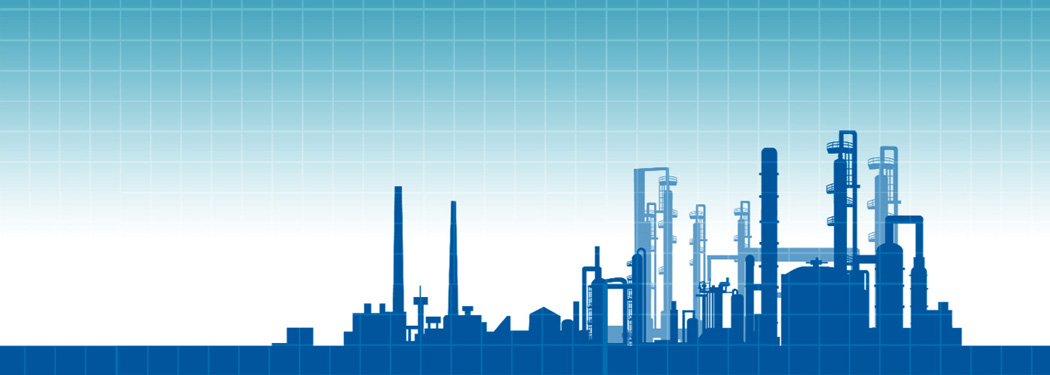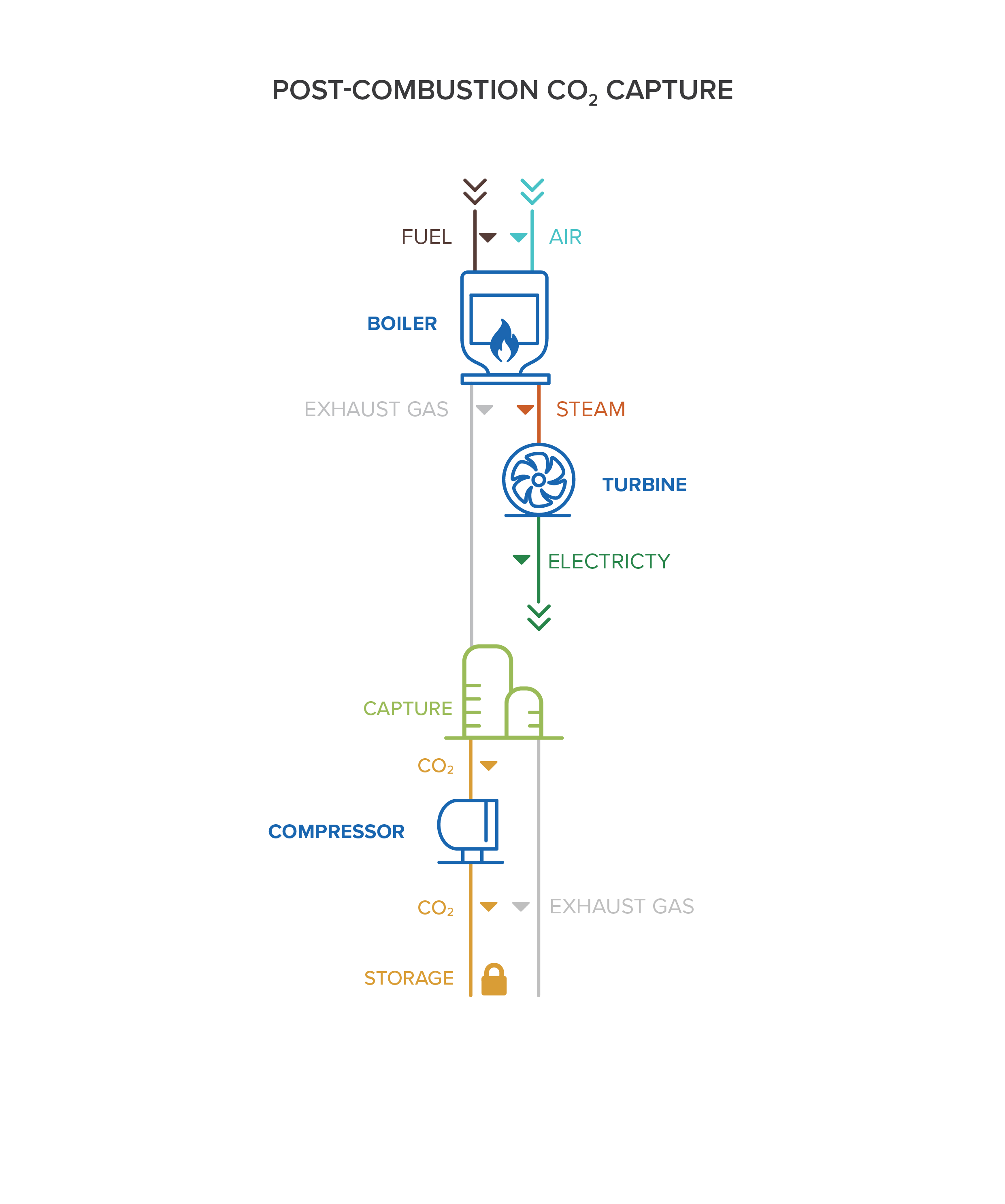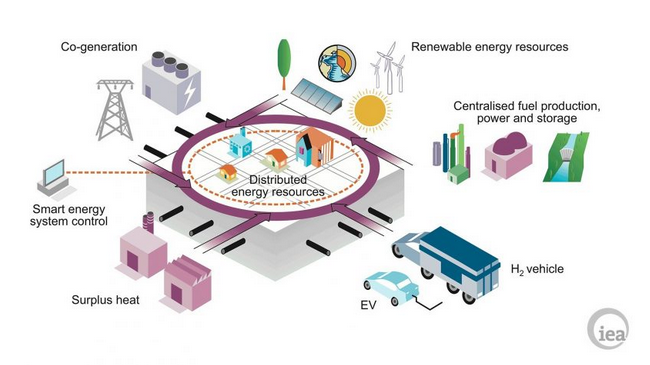Technology

Introduction
Until recently, CCS projects in Europe were mainly targeted at reducing GHG emissions from the power sector, where some of the largest emissions points are found. However, the stricter targets set out in the 2015 Paris Agreement underlined the need for deep reductions across industry, including refining, where decarbonisation options are limited, strengthening the case for technologies, such as CCS.
-
Carbon capture is one of the three CO2 reduction technologies identified as key for the European refinery sector. The other two are process efficiency and low-carbon energy carriers (fuel or systems, such as batteries, that contain energy).
-
Refineries feature a large number of stacks, distributed over the refinery area and with flue gases of varying CO2 concentration and sulphur content. If CO2 is to be captured from several stacks, several absorbers are needed.
-
At present, the maximum potential CO2 that can be captured across a refining site has been limited to 70% of the total CO2 available. REALISE aims to increase this to 90%.
-
A key element of REALISE is “sector coupling” – interconnecting energy consumers with power producers in order to lower energy consumption and reduce network investment costs. Siting refineries, which do not have significant amounts of waste heat, next to power plants and/or within industrial clusters means they can use by-products from other facilities, such as steam (and other wasted heat), needed in the capture process.
CO2 capture
CO2 capture is a process that involves the separation of CO2 from gas streams.
In refining, these gas streams include but are not limited to:
-
combustion flue gases;
-
process off-gases (by-product gases from blast furnaces and basic oxygen furnaces; tail gases from steam methane reforming and various refinery processes); and
-
syngas (synthesis gas produced from coal gasification, hydrocarbon reforming, coke oven, and so on).
Many CO2 capture processes are tried and tested, having been used in industrial applications at a scale close to those required in CCS applications for decades. In general, these processes can be classified according to their gas separation principle:
-
chemical absorption;
-
physical absorption;
-
adsorption;
-
calcium and reversible chemical loops (a new technology);
-
membranes; and
-
cryogenic separation.
Chemical absorption
REALISE is based on chemical absorption, considered the most advanced carbon capture technology at present and used at pioneer CCS projects, such as Petra Nova in Texas and Boundary Dam and Shell Quest in Canada.
Chemical absorption utilises the reversible chemical reaction of CO2 with an aqueous solvent, usually an amine such as monoethanolamine (MEA). CO2 is separated by passing the flue gas through a continuous scrubbing system. The absorbed CO2 is stripped from the solution in a desorber (or stripper), and a pure stream of CO2 is sent for compression – so it can be used or stored – while the regenerated solvent is sent back to the absorber.
Chemical absorption has the advantage of being a post-combustion process – meaning the CO2 is captured from flue gases – and does not need much integration with the refinery, making it favourable for retrofitting. It does bring an energy penalty from the large amount of energy required by the capture process, notably in the form of heat to regenerate the solvent.
REALISE technology and approach
-
REALISE will assess CO2 capture from refineries of different complexities integrated with the power generation and other heat sources within a refinery-centred cluster.
-
The novel HS-3 solvent will be demonstrated in a refinery and exposed to impurities from multiple stacks for at least six months. This second generation capture solvent technology has a 30% lower regeneration energy demand and more than two times higher absorption capacity than the current state-of-the-art solvent, 30 wt% MEA. Its thermal degradation is also three times lower and its corrosivity at least 70 times lower than 30 wt% MEA.
-
HS-3 is a strong, environmentally sustainable advanced absorbent which was developed in the HiPerCap project [https://www.sintef.no/projectweb/hipercap/] by our partners SINTEF and NTNU . It will be optimised for use in refineries.
-
CO2 will be captured continuously from the refinery stacks, but only stripped from the solvent when steam from the power plant is available at low cost under the sector-coupling strategy.
-
A solvent-reclaiming strategy and technology will be demonstrated for the first time for HS-3. This will reduce solvent losses and allow for continuous, controlled operation of full-scale plants.
-
Implementation of a multi-absorber/single-desorber concept will reduce costs. Multiple smaller absorbers can be tailored to the given streams and be easily turned on or off.
-
The project will enable flexible operation of the CO2 capture system, further developing nonlinear model predictive control (NMPC) systems, which aim to improve energy efficiency by 8% and will also reduce scheduled maintenance work.
-
For the first time, two new technologies, dissolved oxygen removal apparatus (DORA) and iron removal integrated system (IRIS), will be demonstrated using flue gases from actual refineries. This will demonstrate that removal of oxygen and iron from solvent minimises degradation and lowers environmental impact and operational costs.
-
REALISE will test new construction materials, made of plastic, in the absorber and other process units, to help lower capital costs.
-
The quality of the liquefied and partially compressed CO2 will be analysed to avoid any impact from impurities on downstream applications (CO2 conversion, transport and storage)
-
The flexibility of the processes developed by REALISE will mean they can be adapted by end-users for many kinds of industries.
Cost reduction
Cost is identified as the most significant hurdle limiting the industrial uptake of CCS in the short-to-medium term. It remains expensive for most refineries, due to the high capital and operating (high energy consumption) costs of present capture processes.
REALISE aims to enable a reduction of at least 30% in CO2 capture costs compared with current benchmarks in industrial clusters around oil refining.
The potential for cost reduction will be demonstrated at our partner Irving Oil’s Whitegate refinery which sits within the Cork industrial cluster being developed by our partner Ervia. The table below outlines our saving goals.




